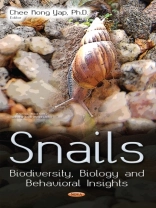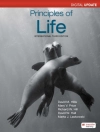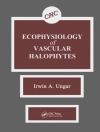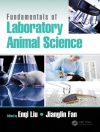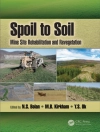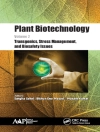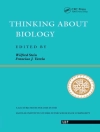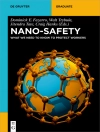Author/Dr. Chee Kong YAP is an academician for more than 19 years as a researcher. He has supervised more than 71 undergraduates and 30 postgraduate students in the fields of ecotoxicology, environmental biology, environmental sciences, water quality and ecotoxicological genetics. Until January 2017, he has reviewed [voluntarily] more than 350 papers for various journals worldwide. He has published more than 246 published in refereed academic journals, 2 books, 4 book chapters, 65 conferences/ proceedings, 4 invited papers and 32 poster presentations. As on 03 February 2017, 176 of them have now been indexed in Elsevier’s Scopus with an H-index of 21 (>1579 citations). In recognition of his scientific achievement and research outputs, his biography has been selected for inclusion in the Marquis Who’s Who in the World. In addition, he has also been invited and currently serving as one of the editorial board members for more than 20 international academic journals (Scopus) since 2010. To date, he is a life-time member of Fellow (FICCE) and Associate (AICCE) for International Congress of Chemistry and Environment (India), the Asian Council of Science Editor (2015-, Malaysian Society of Applied Biology, and YSN-Academy of Sciences Malaysia. The purpose of this book is to provide specific, updated information concerning the topic of snail diversity, snail biology and snail behaviours. The intended readers of this book include researchers, academicians and university students. This book contains ten chapters, the first three focusing on biodiversity. Chapter One presents the values of a wide spectrum of snail biodiversity. Chapter Two reviews snail biodiversity based on 45 reported publications, from 1991 until 2016, covering most of the ecoregions. Chapter Three also reviewed the current geographical distribution of marine snails along the Persian Gulf and Oman Sea, based on 42 publications. Chapters Four, Five and Six are concerned with snail behaviours ranging from sensitivity to metal exposure, and the effects of botanical pesticides on neural activity patterns. Chapter Four presents the toxicity test of Cd and Cu by using two different sized groups of Pomacea insularum as test subjects. Chapter Five presents information concerning methanol extracts of plants; they were more susceptible to be used as botanical pesticides for controlling the golden apple snail. Chapter Six gives a comprehensive overview of the nervous system as well as individual neurons in the pond snail.Chapters Seven through Ten consider environmental biomonitoring. Chapter Seven presents the allometric data and concentrations of heavy metals in the total soft tissues of the mud-flat snail. Chapter Eight reviews and cites nickel (Ni) concentrations in the total soft tissues of the mangrove snail. Chapter Nine presents concentrations of four heavy metals in the edible snails from three selected sites in Peninsular Malaysia. Chapter Ten presents concentrations of five heavy metals in five taxa of intertidal snails.Since all of the chapters include some fundamental biology in understanding the biodiversity, behaviours, ecology and ecotoxicology, they all mostly cover the biology, biodiversity and behaviours of the snails. All chapters within this book have been written and prepared by accredited researchers in their respective fields of specialization.Target Audience:Academicians, university students, and researchers
Chee Kong Yap
Snails [PDF ebook]
Biodiversity, Biology and Behavioral Insights
Snails [PDF ebook]
Biodiversity, Biology and Behavioral Insights
Köp den här e-boken och få 1 till GRATIS!
Formatera PDF ● Sidor 261 ● ISBN 9781536118889 ● Redaktör Chee Kong Yap ● Utgivare Nova Science Publishers ● Publicerad 2017 ● Nedladdningsbara 3 gånger ● Valuta EUR ● ID 7217086 ● Kopieringsskydd Adobe DRM
Kräver en DRM-kapabel e-läsare
